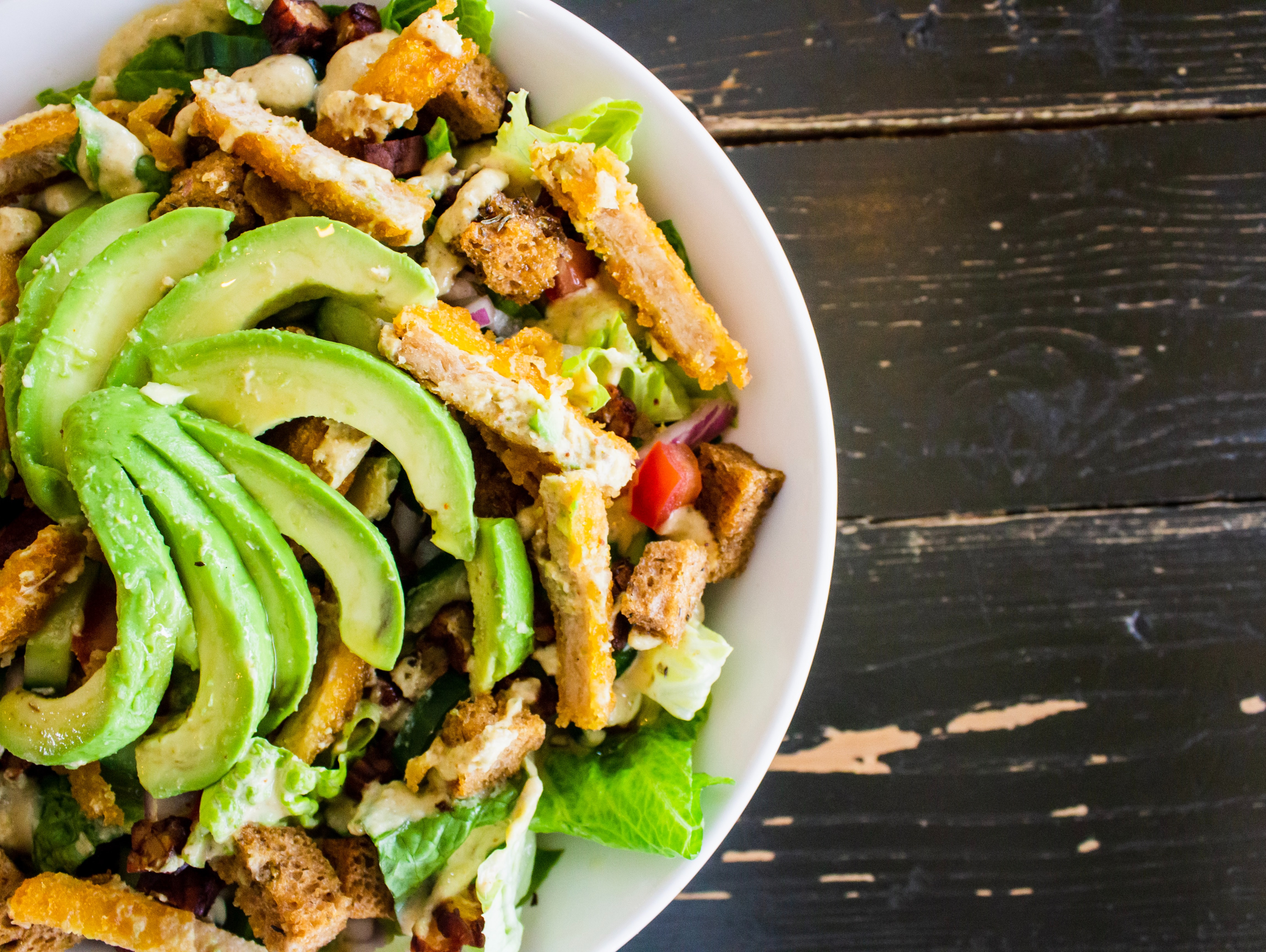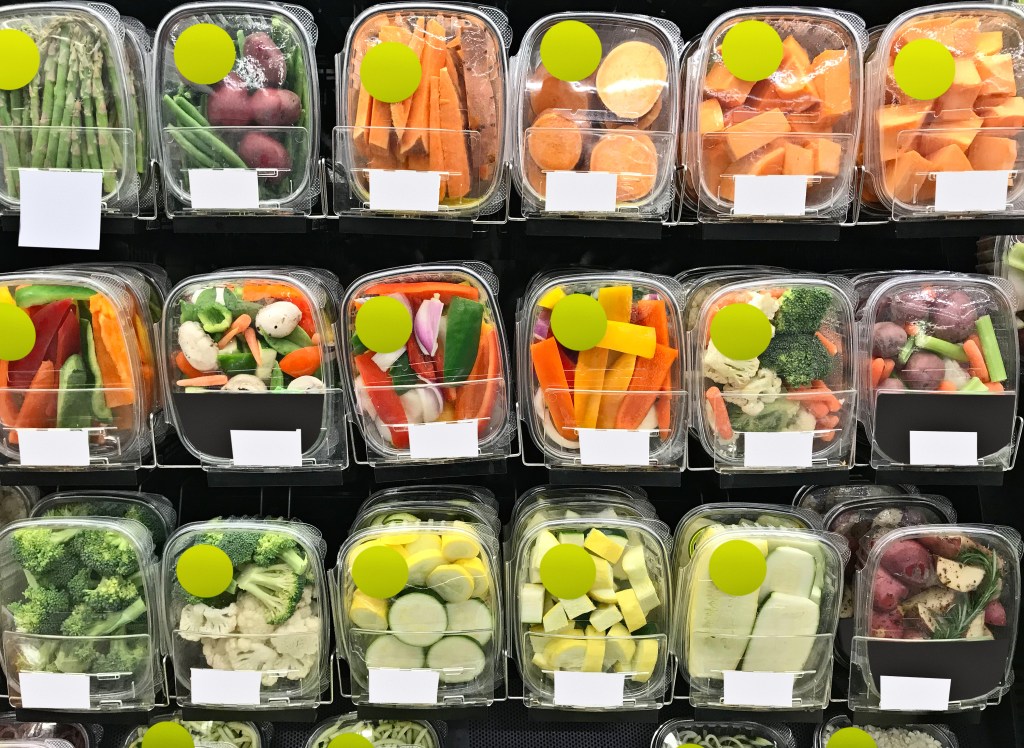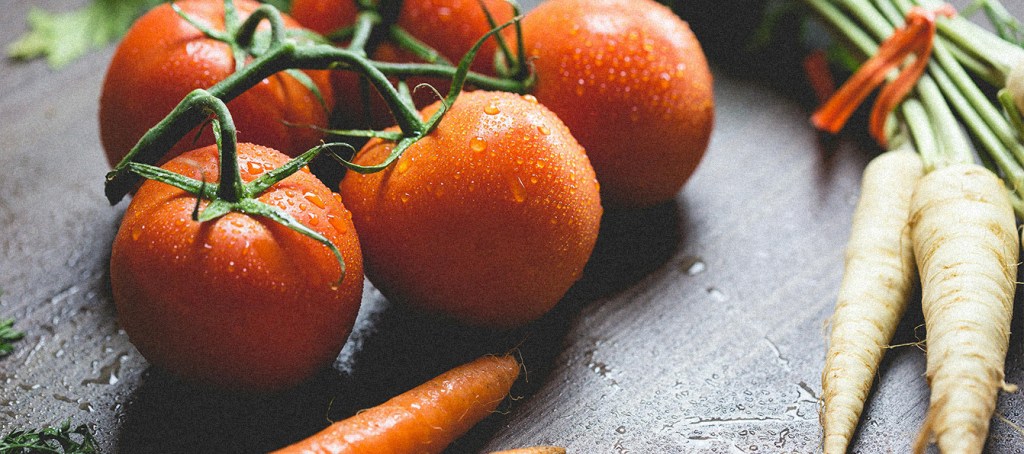1. Value-Driven Premiumization
Despite persistent inflation and consumer concerns about affordability, the appetite for indulgence remains strong, so long as the value is clear. At Fancy Food 2025, brands responded by leaning into “premiumization” not as a price play, but as a strategy for justifying spend through elevated experience. From artisanal chocolates infused with rare or ethically sourced ingredients, to chef-collaborated frozen meals and gourmet small-batch sauces, exhibitors delivered products that blended sophistication with accessibility. Beautiful packaging, storytelling that emphasized origin and quality, and “affordable luxury” positioning were common among this year’s standout offerings.
What’s new is the balance: luxury doesn’t mean unattainable. Consumers are still buying premium, but they’re scrutinizing what they get in return. Brands that can elevate the everyday without pricing themselves out of reach are winning.
Key takeaway: Premium doesn’t mean expensive. It means delivering a clear, tangible reason to indulge—and meeting rising expectations for quality, craft, and experience.
2. Protein Everywhere, Even Where You’d Least Expect It
Protein has long been a cornerstone of health and wellness, but at Fancy Food 2025, it broke out of its traditional lanes and appeared across unexpected categories. Ice cream brands embraced the trend by launching high-protein frozen novelties that maintained rich, full-fat flavor profiles while touting nutritional benefits. In the condiments aisle, dressings, sauces, and even crouton toppings were upgraded with added protein content, proudly claimed on packaging.
Meanwhile, snacking cheeses continued to proliferate, with sticks, cubes, and paired packs pushing high-protein messaging front and center. These products aren’t just targeting athletes or dieters; they’re designed for everyday snackers seeking a better-for-you alternative with substance. A consistent thread across categories: protein is now a baseline expectation, not just a niche for health.
Key takeaway: Consumers are seeking protein in places they never used to look. For brands, it’s no longer optional—it’s an attribute that signals nourishment, satiety, and smart snacking across the board.
3. Global Flavors with Local Appeal
This year’s Fancy Food Show spotlighted a powerful duality: consumers are craving global experiences, but they also want them on their terms. That means brands are increasingly adapting international cuisines to meet U.S. expectations around convenience, familiarity, and approachability. This isn’t about diluting authenticity; it’s about translating flavor for broader appeal. Standouts included Korean gochujang-infused ketchup, West African jollof rice kits with simple prep instructions, and Thai-inspired plant-based jerky aimed at flexitarian eaters.
Also notable were Dubai-style chocolates in diverse formats, which combined luxurious branding with a distinct sense of place. These innovations reflect a larger trend: culinary exploration without friction. U.S. consumers want to try something new, but they’re more likely to engage if the format or flavor profile feels familiar.
Key takeaway: Successful global food brands aren’t just exporting products—they’re translating cultural flavor into formats and recipes that resonate locally, opening new doors for discovery without overwhelming the consumer.

The X Factor
Generation X has entered its peak spending years. Our new report with World Data Lab can help manufacturers and retailers win their loyalty and wallets.
4. Snacking as a Lifestyle, not a Moment
Snacking isn’t just a midday pick-me-up anymore; it’s become a foundational eating behavior, driven by shifting work routines, on-the-go lifestyles, and even the growing influence of GLP-1 medications on appetite. At Fancy Food 2025, it was clear that brands are responding with snackable solutions that go far beyond chips and bars. Think savory granolas, globally inspired snack bites, and high-protein packs designed for multiple dayparts, not just the afternoon slump.
Importantly, these snacks are no longer treated as filler; they’re replacing meals outright. Convenience remains a major driver, but it’s being paired with higher quality, better-for-you ingredients and added functionality (like protein or mood-supporting elements). The goal: create products that feel intentional, satisfying, and wellness-aligned without sacrificing flavor.
Key takeaway: Snacking has evolved into a full-fledged lifestyle. Brands that offer purpose-built, craveable, and convenient products can capture share across breakfast, lunch, and everything in between.
5. Flavor-First Innovation: Bold, Functional, and Snackable
From unexpected flavor profiles to purpose-driven functionality, this year’s show proved that taste and innovation can go hand-in-hand, even in categories known for tradition. While some brands played it safe, the most memorable offerings leaned into experiential flavor, functional benefits, and everyday convenience.
Key highlights:
- Flavor exploration was fearless, with cheese leading the charge, think truffle, hot honey, pickle, and more. The creativity extended to the spice aisle, where chili-infused products were everywhere, designed to meet a wide range of heat preferences and expand mass appeal.
- Olives emerged as a hero flavor, featured in everything from crackers to candy, helping brands stand out in saturated snack categories.
- Functional foods took a fresh turn, shifting focus from ingredients to intended effects, like calm, focus, sleep, or energy. Infused prebiotics, vitamins, and adaptogens supported this purpose-first positioning.
- Snackable cheese formats (sticks, cubes, packs) are rising in popularity, marrying indulgent flavor with high-protein claims and on-the-go convenience.
Key takeaway: Flavor-forward innovation doesn’t mean niche. When anchored in purpose and paired with convenience, even bold ideas can scale.

Turn Fancy Food Trends into Strategy
The 2025 Summer Fancy Food Show reaffirmed that consumers are hungry for more than just great taste; they want products that deliver on value, function, flavor, and experience. From the continued rise of high-protein offerings and premium convenience to the bold experimentation with global seasonings and unexpected formats, it’s clear that specialty food is evolving to meet a more adventurous and health-conscious shopper. While innovation was uneven across the floor, the whitespace is undeniable.
For brands willing to push boundaries and meet consumers where they are, snacking more, exploring more, and expecting more, the opportunity has never been richer.
Emerging brands can start their journey with a free Byzzer™ subscription, NIQ’s platform built for emerging brands and their budgets. Free access gets you 3 free reports and a weekly alert to get you started with data. Byzzer™ provides breakdowns of a wide range of attributes and markets in easy-to-digest reports.
Interested in more valuable insights like these?




